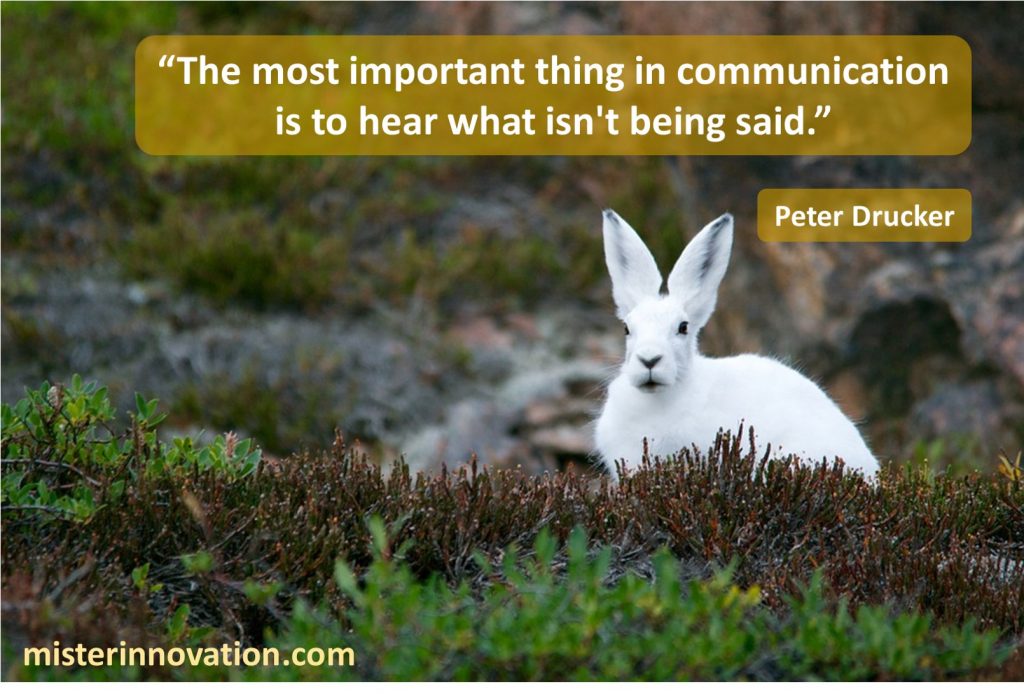A Guide Featuring Relevant Case Studies

GUEST POST from Chateau G Pato
Change management is a systematic approach designed for the transition of individuals, teams, and organizations from a current state to a future desired state. For any transitional process to be successful, stellar communication is crucial. This skill is even more vital when dealing with changes within an organization, making the need for a compelling change management communication plan a prime necessity.
Developing a robust change management communication plan can sometimes get quite complex, given the diverse organizational structures, numerous stakeholders, and interrelated business processes. Yet, armed with the right blueprint, the benefits are substantial and deeply impactful on the organization’s transition. The following discussion explores effective strategies for creating a communication plan for change management. To bring those strategies into context, two case study examples are also illustrated.
Case Study 1: Microsoft’s Transition to Cloud Computing
Perhaps one of the first significant changes organizations had to manage was the shift from traditional servers to cloud computing. Microsoft is a prime example of how a company strategically used change management to transition into a new era.
In 2010, Microsoft announced its shift to the cloud-first approach, a move that left not only its employees but also its massive customer base requiring serious convincing. It aimed to manage the transition smoothly and ensure it didn’t disrupt normal operations.
Microsoft used two primary communication strategies. First, they communicated why the change was necessary, emphasizing that delay would result in falling behind competitors. Secondly, they explicitly described what to expect from the change and how it would affect them.
The importance of effectively communicating the ‘why’ and ‘what’ of change cannot be overstated and must be engrained within any change management communication plan. Failure to do so would only lead to resistance and potential conflict.
Case Study 2: Adobe’s Shift to Subscription Model
Another excellent case study is Adobe’s transition from a licensing model to a cloud-based subscription model in 2013. Despite the move attracting significant backlash from users initially, Adobe managed to navigate this change remarkably well.
Adobe’s communication plan’s credibility was key to their success. They had to convince their user base that the transition was beneficial while addressing their uncertainties. Adobe effectively leveraged multiple communication channels – videos, blogs, user forums, press releases – to convey the pricing structure, advantages, and the overall rationale behind the transition.
Their transparency garnered user trust. Adobe emphasized the value they were providing and alleviated customer aversion to the change by clearly communicating.
Key Takeaways For Communication Plan
Learning from these successful change management examples, here are few steps you can implement in your communication plan:
1. Identify key stakeholders: Ensure you identify and understand all your stakeholders, anticipating their reactions, objections, and pain points to address them effectively.
2. Communicate early and often: The importance of beginning communication early cannot be overstated. Consistent, periodic communication reaffirms your messages, alleviates concerns, and mitigates potential resistance.
3. Deliver clear messages: Messaging must align with your change strategy. It should be clear, concise, and jargon-free. Also, be sure to communicate about the purpose, benefits, and impact of the change.
4. Engage all communication channels: The channels you choose to communicate changes influence the reception of your message. Consider a mix of presentations, newsletters, email digests, or webinars to communicate effectively.
5. Provide support and training: Allay stakeholder concerns by assuring support and training to facilitate a smooth transition. This further demonstrates your commitment to the change and the welfare of those affected.
Change does not occur in a vacuum. It is inextricably tied to people and processes. Thus, effective communication plans are crucial for successful change management. Crafting a change management communication plan with crucial input from all stakeholders is vital for the plan’s success, bolstering the acceptance and smooth transition during times of change.
Image credit: Misterinnovation.com
![]() Sign up here to get Human-Centered Change & Innovation Weekly delivered to your inbox every week.
Sign up here to get Human-Centered Change & Innovation Weekly delivered to your inbox every week.